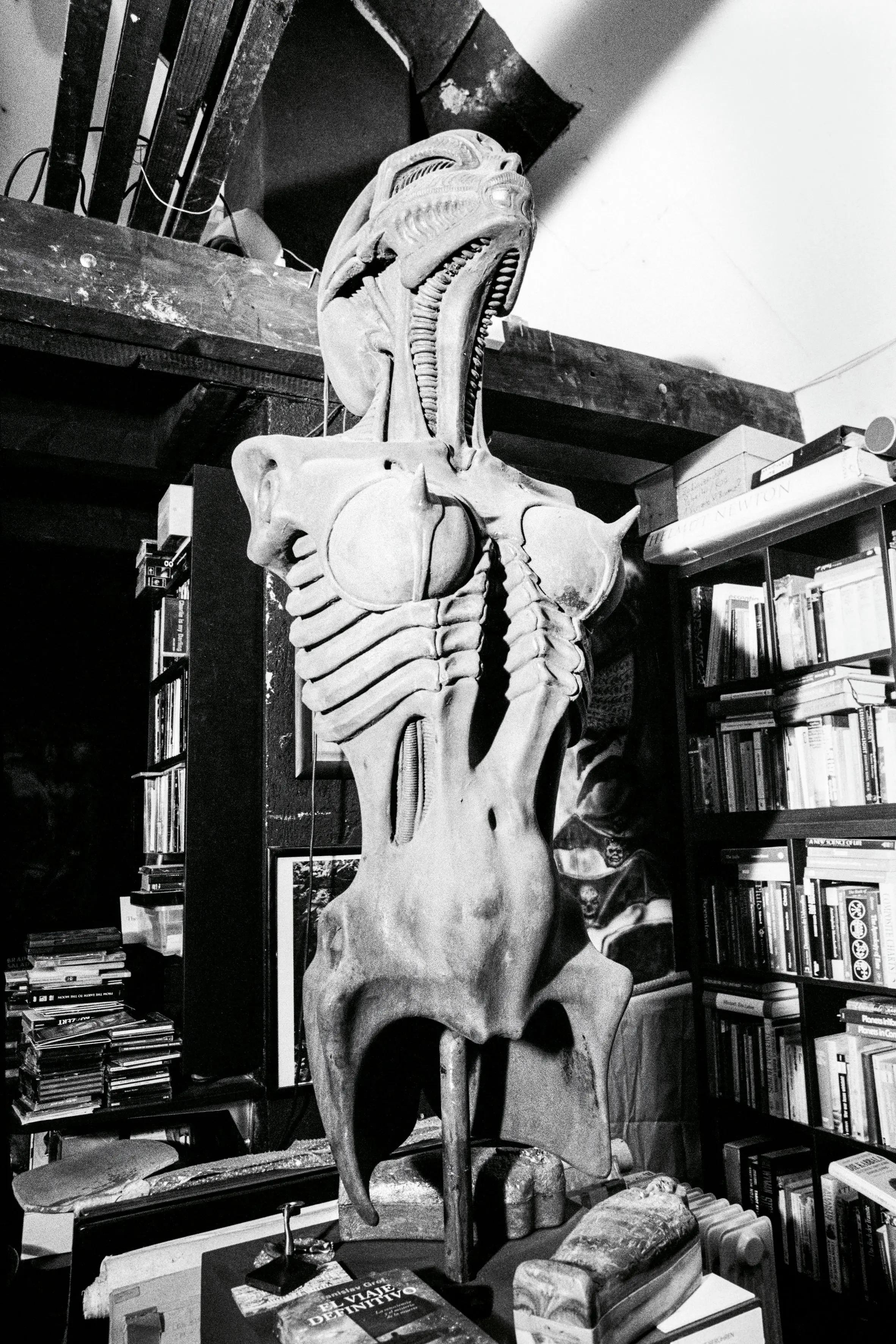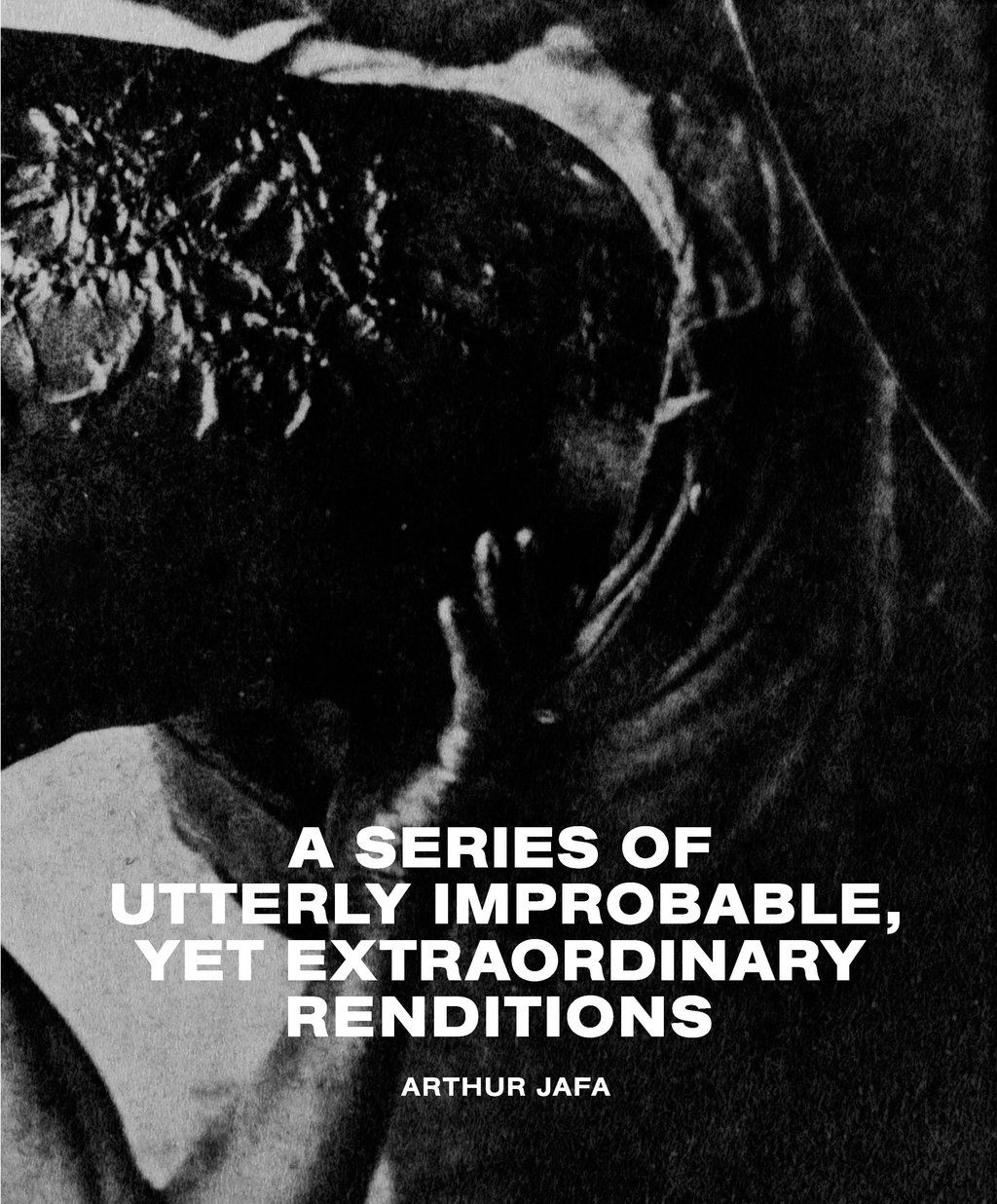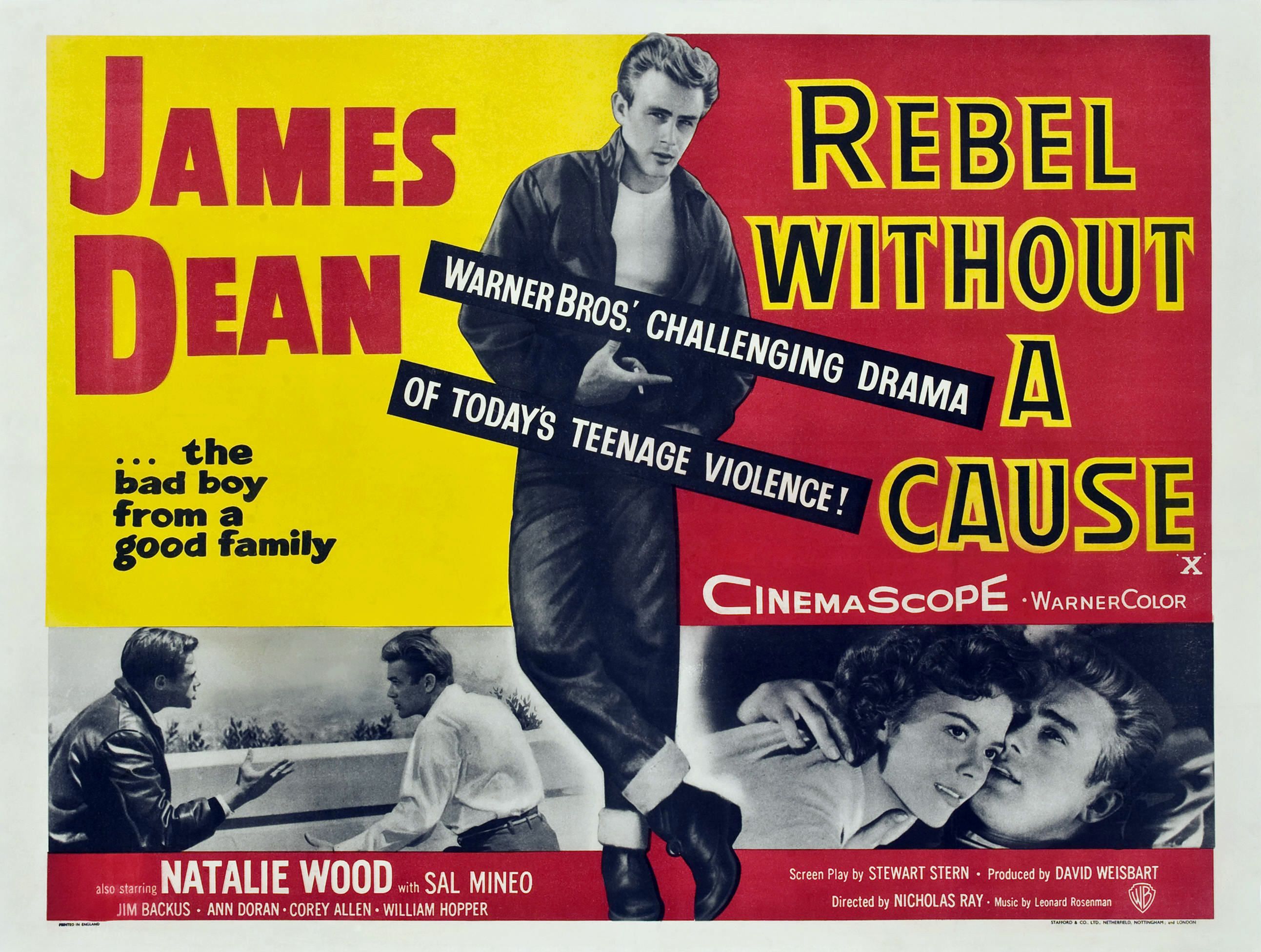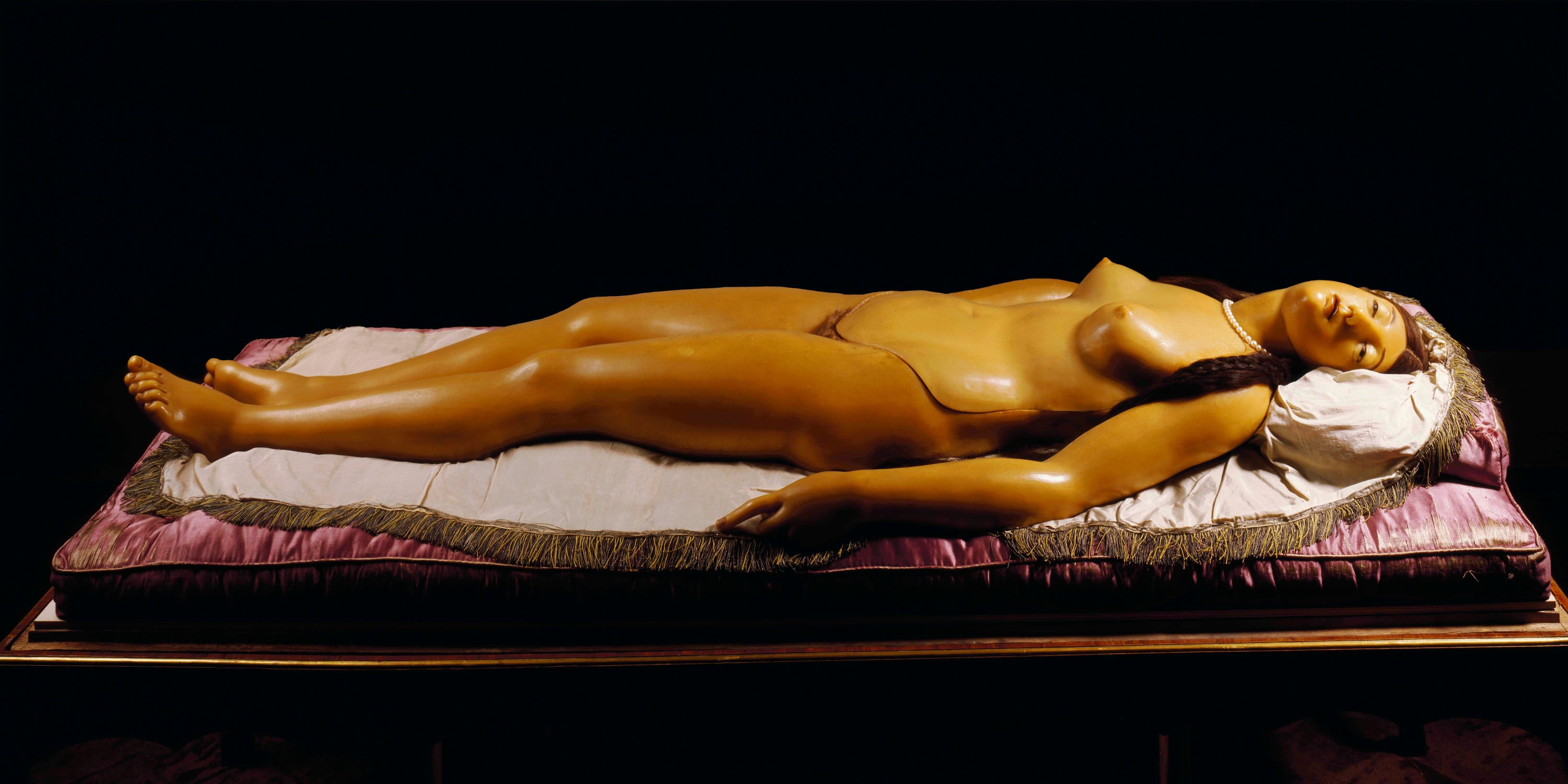TARKOVSKY: Films, Stills, Polaroids And Writing
In today's media landscape, a book review is often a slap on the back. A handshake among colleagues that says, “well done.” But we have never been afraid to offer critique when critique is due. In our print section Berlin Reviews, we've always tried to take the propositions of a book seriously and push them to their extremes.
Archive Berlin Review from our issue #24.

Russian director Andrei Tarkovsky may not be cinema’s biggest star, but there is an asteroid named after him: the “3345 Tarkovskij,” coined in 1982 and now traveling somewhere in the orbit of Solaris. The Stalker (1979) director’s sensibility inhabits a similarly uncharted zone; it lives in rooms in which time seems to rain in steady drops, eroding the institution of cinematic experience. His films are made not so much to be watched as they are to reveal the viewers to themselves. As he wrote in Sculpting in Time: “Juxtaposing a person with an environment that is boundless, collating him with a countless number of people passing by close to him and far away, relating a person to the whole world, that is the meaning of cinema.”
Tarkovsky studied during the so-called “Khrushchev Thaw” of the late 1950s and early 1960s. His first feature, Ivan’s Childhood (1962), is set in World War II against the backdrop of the Eastern Front; it earned the then 30-year- old director the Palme d’Or in Venice. Under increasing pressure from the same Soviet authorities who would eventually force him into exile, Tarkovsky would shoot six more films in the decades that followed.
Tarkovsky Films, Stills, Polaroids & Writings (2012), is a comprehensive document of that oeuvre. It elucidates Tarkovsky’s art historical sphere of reference, his proximity to Daoist philosophy, and his Japanese-influenced appreciation for the beauty of the vanishing. Stills and snapshots of documentary footage accompany a wealth of Tarkovsky’s more intimate output, like diary notes and travel Polaroids, alongside musings and testimonials from contemporaries such as Jean-Paul Sartre, Ingmar Bergman, and Genghis Aitmatov.
It was Tarkovsky himself, however, who shortly before his death in 1986 made the following, compelling remark about a Hollywood film: “Its vision of the future and the relation between man and its destiny is pushing the frontier of cinema as an art.” Tarkovsky – upon whose gravestone is written, “To the Man Who saw the Angel,” – was talking about The Terminator (1984).

“People have often asked me what the Zone is, and what it symbolizes, and have put forward wild conjectures on the subject. I’m reduced to a state of fury and despair by such questions. The Zone doesn’t symbolize anything, any more than anything else does in my films: the zone is a zone; it's a life.”
– Andrei Tarkovsky, Sculpting in Time, 1986


Andrej Tarkovsky, Sculpting Time, published by Black Dog Press, 2008




